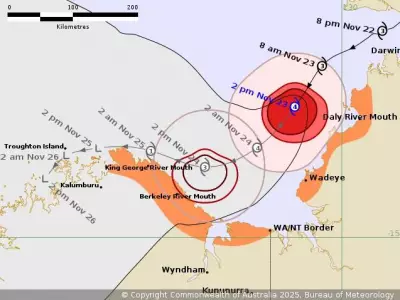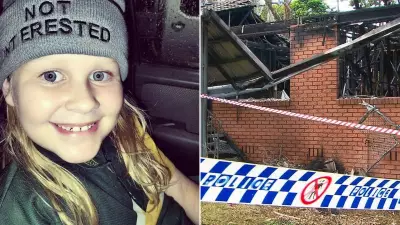
Australia faces a devastating youth homelessness crisis that sees the equivalent of nine full classrooms of young people sleeping rough every single night. This shocking statistic reveals a growing national emergency affecting thousands of vulnerable Australians.
The Hidden Epidemic of Young People Without Shelter
New analysis shows that approximately 225 young Australians experience homelessness each night across the country. This figure represents real children and teenagers facing the trauma and danger of sleeping on streets, in cars, or in other inadequate temporary arrangements.
The classroom analogy powerfully illustrates the scale of this crisis. Imagine nine separate school classrooms filled with students - that's how many young lives are being disrupted by homelessness nightly. These aren't just statistics; they're individuals with dreams, potential, and basic needs going unmet.
Systemic Failures and Missed Opportunities
Experts point to multiple factors driving this crisis, including skyrocketing rental prices, inadequate social housing supply, and insufficient support services for at-risk youth. The situation has been described as a perfect storm of housing unaffordability and systemic failures in social safety nets.
Emily Williams, whose commentary highlighted this alarming situation, emphasizes that these young people often remain invisible to the broader community. They might be couch-surfing with friends, staying in emergency accommodation, or finding temporary refuge in unsafe environments rather than sleeping in obvious public spaces.
The consequences extend far beyond immediate physical discomfort. Homelessness disrupts education, damages mental health, and creates long-term trauma that can affect these young people for decades. Without stable housing, attending school regularly becomes nearly impossible, creating educational disadvantages that compound existing challenges.
Urgent Action Required to Protect Vulnerable Youth
Advocates are calling for immediate government intervention at both state and federal levels. Proposed solutions include increased funding for youth-specific accommodation services, early intervention programs for families at risk, and better coordination between education and housing departments.
Early intervention represents the most cost-effective approach to preventing youth homelessness. Supporting families before crises escalate can keep young people safely housed and connected to their education and communities.
Community organizations also play a crucial role in providing immediate support and long-term solutions. However, they report being consistently overwhelmed by demand and under-resourced to meet the growing need.
The situation demands both emergency responses and long-term strategic planning. Building more social and affordable housing specifically designed for young people, creating better pathways from education to employment, and strengthening family support services all form part of the comprehensive solution needed.
As a nation, Australia cannot afford to lose a generation of young people to homelessness. The economic costs of intervention pale in comparison to the long-term societal costs of allowing this crisis to continue unchecked. Every young person deserves the security and stability that comes with having a safe place to call home.





